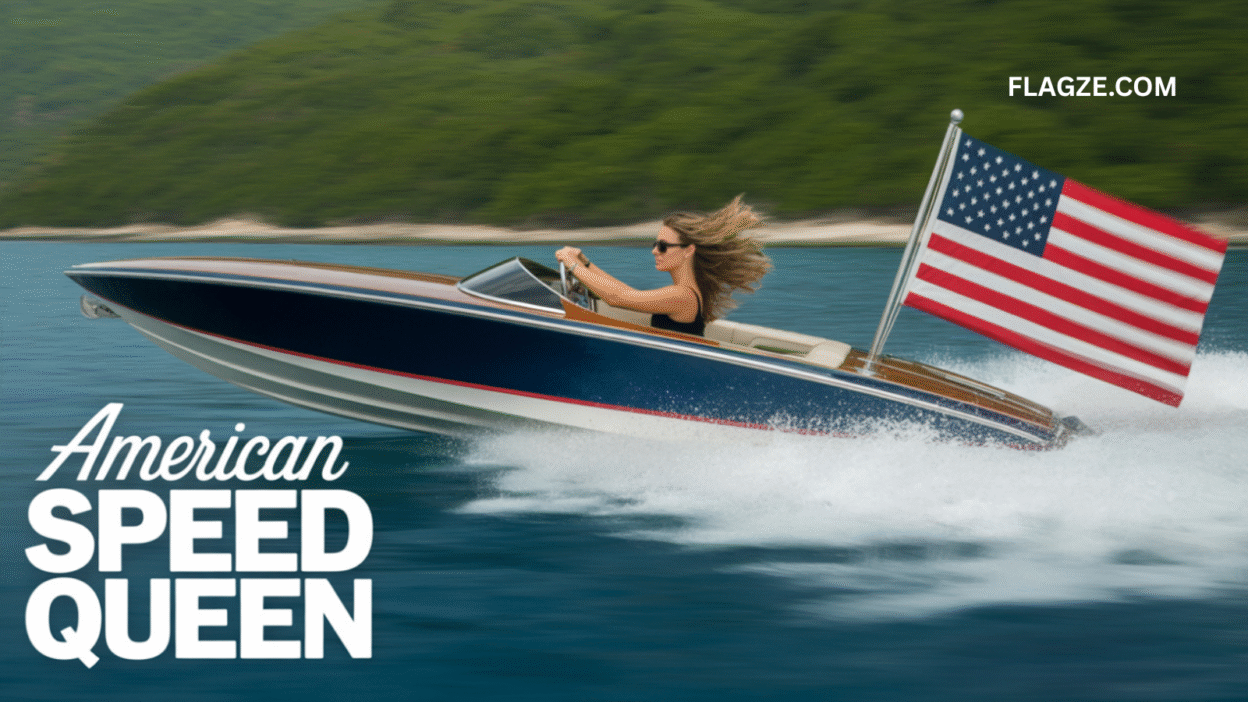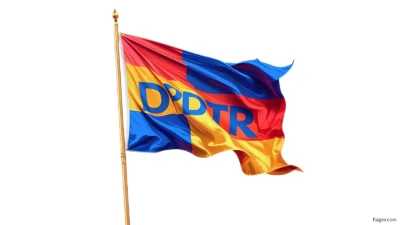Last Updated on August 15, 2025 by Adam Hussain
Introduction:
Like all attributes of a vessel, boat flags blend art with functionality. Boat flags reveal the vessel’s origin, affiliations, or navigation protocols. Boat flags merit the utmost importance in maritime tradition and safety. They take a central role in identification and symbolize diplomatic relations and maritime decorum.
While flags enhance your boating experience, the etiquette of flags on a vessel is essential. Recreational boating, professional maritime industries, and sports clearly demonstrate the utility of flags. This article offers practical guidance on flag etiquette and classification for boating, along with features of flags to hoist.
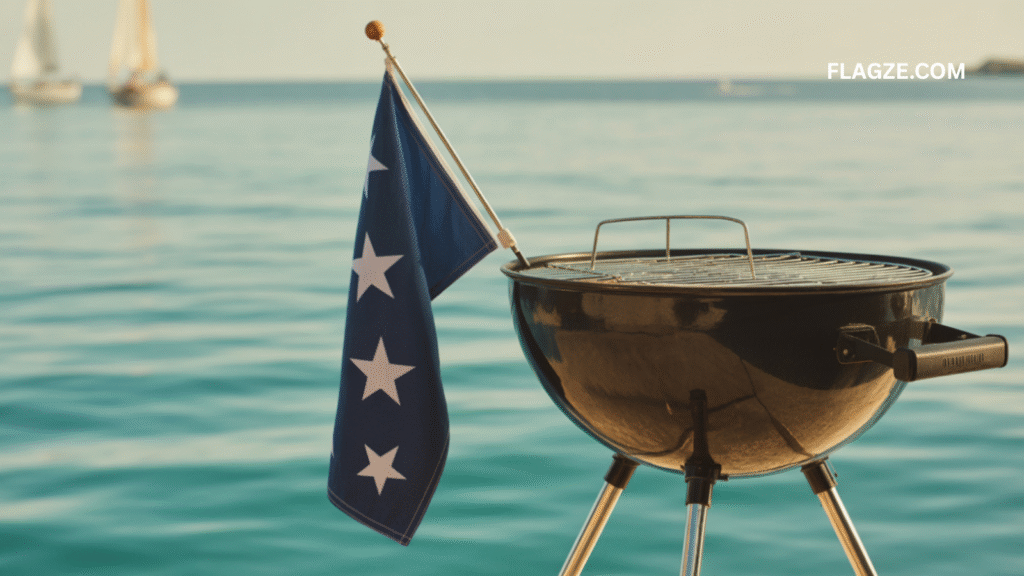
1. Importance of Boat Flags:
Different Types of Boat Flags

Like many other maritime artifacts, boat flags aid in the identification of the boat’s country a vessel to a degree. Boat flags allow identification at a first glance. These flags redefine international relations with respect to a vessel’s identity. They aid in identification and communication with other boats and land authorities. Sailor courtesy require them to be hoisted with respect to a vessel’s identity. Boat flags serve identity, communication, and courtesy. Boat flags are essential for communication in maritime domains of operation. The following are a few of the many flags boats operate with:
• Courtesy Flags: Displayed upon entering the waters of the respective country.
• Signal Flags: These are used to communicate messages such distress and other navigational instructions.
• National Flags: It show the nation ,Displayed for a country of origin and sovereignty.
Key Takeaway:
Boat flags reaffirm a vessel’s identity, sovereignty, and courtesy while ensuring the security, safety and compliance with international laws and regulations. The principles of freedom of navigation enable a vessel to traverse international waters on the premise of neutrality.
2. Types of Flags to Use on Boats
Variants or types of flags are contextual to the functions the vessel aims to serve. The following are examples of segments for maritime flags, anchored under their corresponding functions.
• National Flags: These flags indicate the country where the vessel is documented.
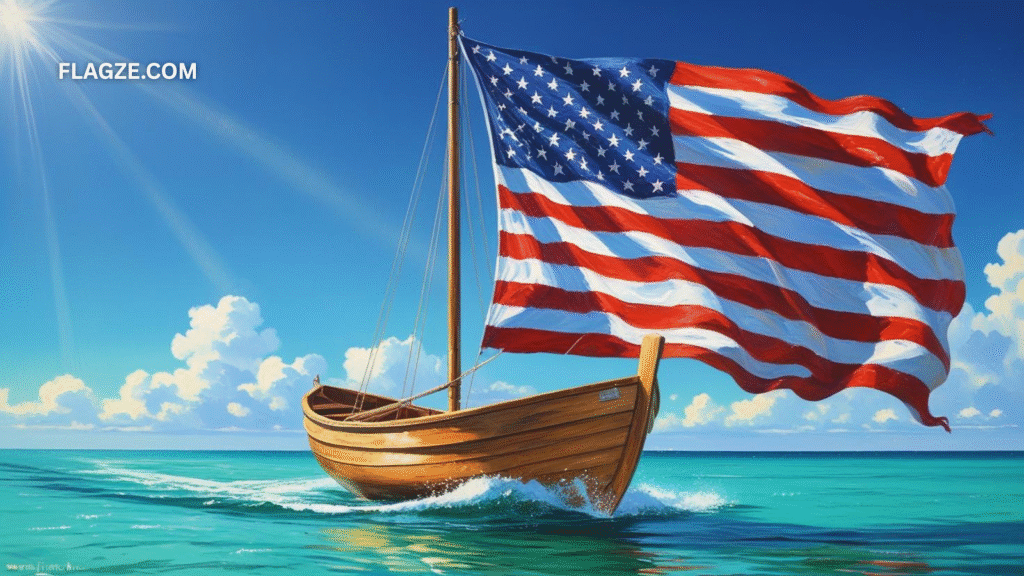
• Signal Flags: Sailors employ these flags for communication between vessels or between a vessel and the harbor.
• Courtesy Flags: Flags shown by vessels in a foreign maritime zone, representing the country being visited.
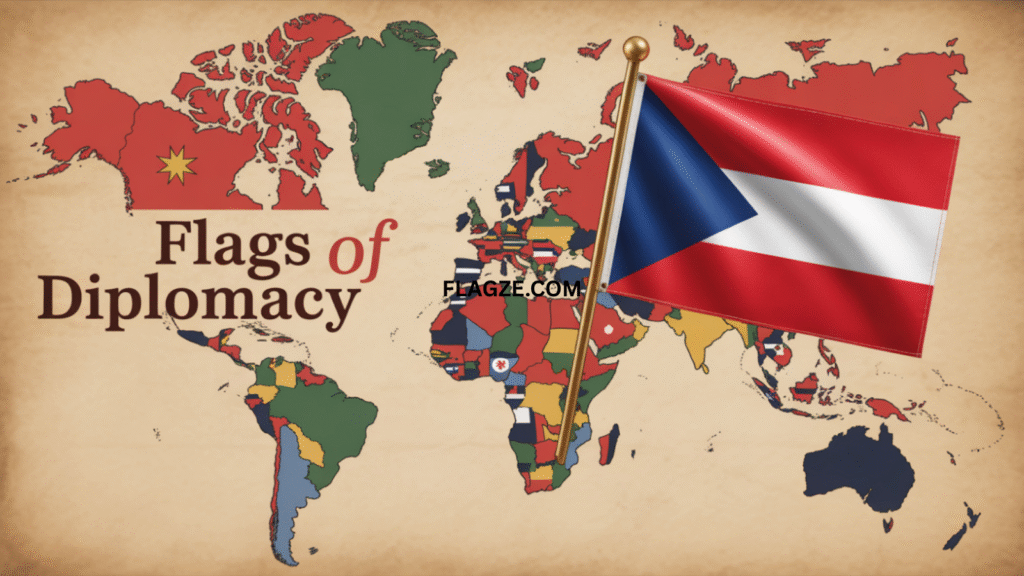
• Custom Flags: Flags crafted for certain occasions, personal or corporate branding, or specific to a style.
Key Takeaway:
Maritime culture is based on each flags and nationality to the flags ascribed to, therefore intercepting communication of other vessels.
3. Boat Flags Etiquette:
Boat flag etiquette is correct ways of displaying flags on the vessel. The following are flag etiquette rules.
• Hoisting the Flag: Boaters display flags on the stern of the vessel and place the national flag at the topmost position.

• Lowering the Flag: Boaters bring down flags in a dignified manner and prevent them from touching the deck.
• Displaying Multiple Flags: We can introduce the rule with something like According to protocol, By standard practice, or In official flag etiquette.
Key Takeaway:
Observing flag etiquette demonstrates maritime etiquette and ensures the flag is appropriately displayed.
4. Criteria for Selecting a Boat Flag:
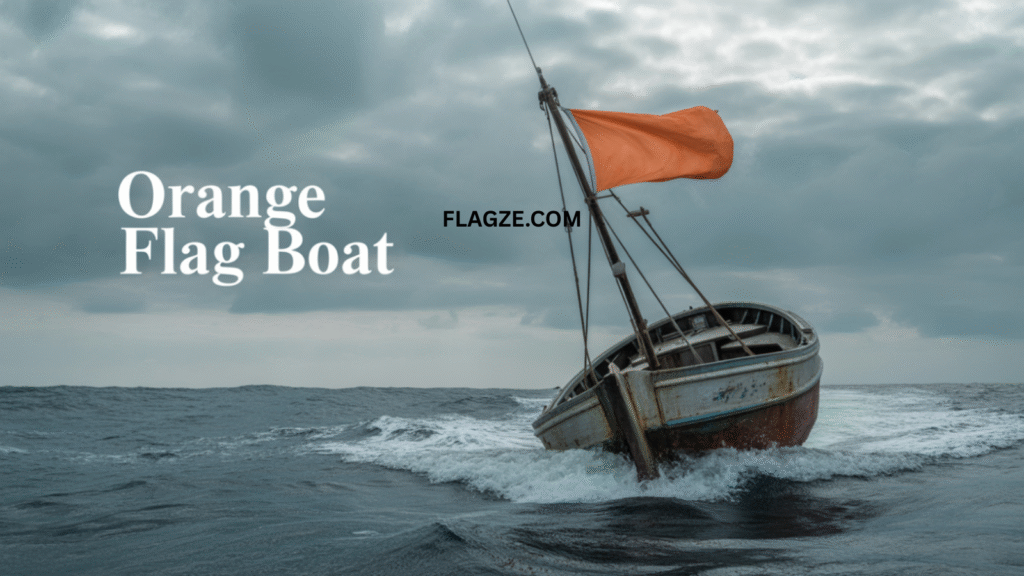
As for the choice of a flag, it should reflect the boat’s activities, scale, and geographical zone of operation. Let’s look at some considerations:
• Material: Each flag is made of a specific material; for example, nylon, polyester, and cotton. For weather and wear, nylon is the clear choice.
• Size: The flag should not exceed the boat’s dimensions. A flag that is too large can be overwhelming, while a flag that is too small will not be visible.
• Design: A flag should harmonize with the boat’s activities. Therefore, whether it is national, decorative, or a signal flag. it should also match the vessel’s style and purpose.
Key Takeaway:
Put undue thinking when selecting a flag based on its size, material and purpose during sailing activities.
5. The Development of Boat Flags:
Boat flags have a long history, starting with early maritime navigation.
They carried messages before ships had access to radio communication.
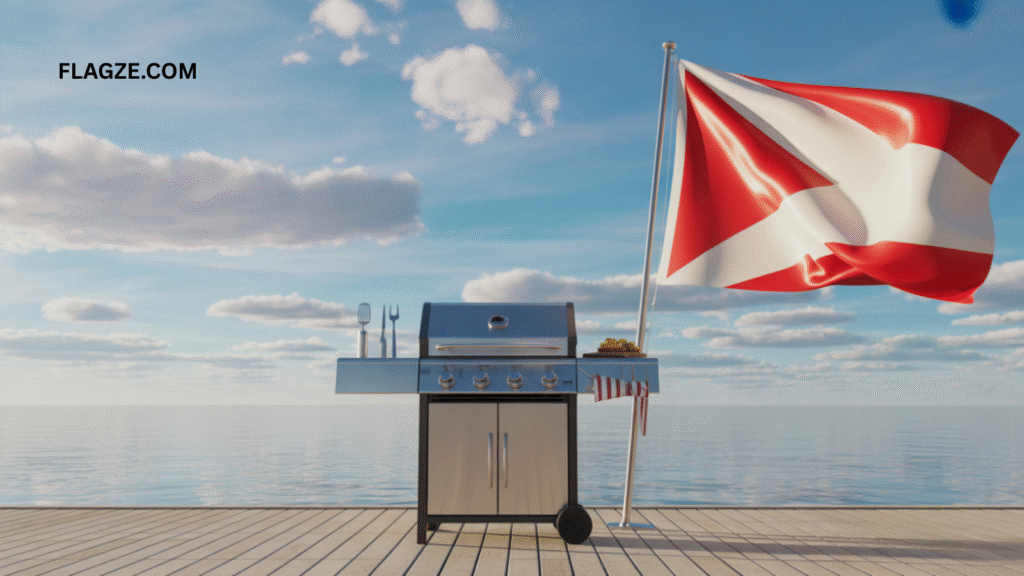
Sailors increasingly adopted boat flags over time to denote a vessel’s country of origin, status, and intention
Key Takeaway:
There is a fascinating history behind flags, and its development represents the evolution of maritime technology and diplomacy.
6. DIY Boat flags: Creating Custom Flags
Making a custom flag for a boat brings excitement and creativity. Below is a design process.
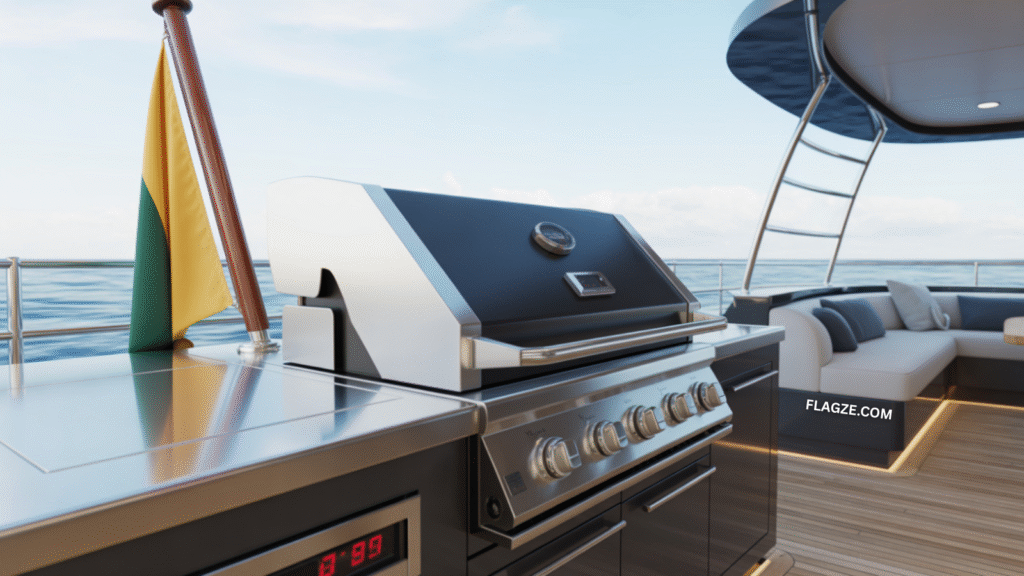
• Step 1: The flag design is based on personal make-over, business branding, or event themes.
• Step 2: The flag material must be strong to endure extremes, for instance, nylon.
• Step 3: Paint or printing services are used to add designs on fabric.
• Step 4: Sailors attach the flag to a strong flagpole to ensure it resists windy conditions
Important Points:
Boat flags are custom, giving a unique characteristic while enabling individual personal touches to the design.
7. Concerning Flags for Boats: Rules and Regulations

For boaters, being able to abide by uncontrolled flags is essential. Each maritime authority has specific rules:
• National Flags: You must use them while on the water
• Signal Flags: Are you send critical information, especially in emergency scenarios.
• Courtesy Flags: We can lead into this with a smoother connector, e.g., In maritime tradition, Across the world, or As a standard practice.
Important Points:
Flag rules ensure you don’t violate maritime rules while traveling other countries waters.
Conclusion:
Boat flags serve not only the purpose of displaying nationality, but are an important aspect of maritime tradition, safety, and social courtesy. Properly interpreting and displaying flags is beneficial for the different maritime activities one engages in. Boat flags serve as vital tools for communication, safety, and courtesy aboard vessels
